Just before the new year, something of a revolution began in Iran. Economic protests erupted into cries for the end of the regime, even as the repressive Islamist government attempted to silence dissent.
Here are five things to know about the Iran protests.
1. Bodycount: 22 and counting.
The protests began last Thursday, December 28, in the city of Mashhad, the country’s second-most populated city. Poorer citizens took to the streets, complaining about price rises and corruption. Unrest spread to many cities, and protesters began to demand political change, with many calling for the death of Supreme Leader Ayatollah Khamenei.
In the video below, protesters chant, “Down with the dictator!” in the central Iranian city of Hojedk.
Protests took place in the capital, Tehran, as well as in Neyshabur, Kashan, Kerman, Kermanshah, Kashmar, Rasht, Isfahan, Arak, Bandar Abbas, Ardabil, Qazvin, Hamedan, Sari, Amol, Shahin Shahr, Shahr-e Kord, Shiraz, Khorramabad, Zanjan, Gorgan, Zahedan, Urmia, Dorud, Yazd, and Shahroud.
Among other things, Iranian protesters opposed the Islamic Republic’s aggressive foreign policy in the Middle East. Signs read, “Get out of Syria and take care of us,” and “Not Gaza, or Lebanon, I would give my soul for Iran.” Protesters reportedly shouted, “Death to Hezbollah,” a reference to the Iran-backed military terror outfit in Lebanon.
These complaints referred to Iran’s continued efforts to become a Middle East hegemon. In addition to working through Hezbollah, Khamenei has actively assisted Syrian President Bashar al-Assad against rebels in Syria and backed the Houthi rebels in Yemen. The Iran regime has also funded militants throughout the Middle East and Southeast Asia.
It seems protesters are angry the government spends its money in foreign wars, rather than dealing with issues at home (60 percent of the economy is centrally planned). The regime is a theocracy, and it is known for suppressing dissent, both online and offline.
Khamenei blamed foreign powers for the protests. “In recent events, enemies of Iran have allied & used the various means they possess, including money, weapons, politics &intelligence services, to trouble the Islamic Republic. The enemy is always looking for an opportunity & any crevice to infiltrate &strike the Iranian nation,” the supreme leader tweeted.
In recent events, enemies of #Iran have allied & used the various means they possess, including money, weapons, politics &intelligence services, to trouble the Islamic Republic. The enemy is always looking for an opportunity & any crevice to infiltrate &strike the Iranian nation. pic.twitter.com/HIXtudRAue
— Khamenei.ir (@khamenei_ir) January 2, 2018
2. President Trump’s response.
President Donald Trump has championed the cause of the protesters. “The people of Iran are finally acting against the brutal and corrupt Iranian regime. All of the money that President Obama so foolishly gave them went into terrorism and into their ‘pockets,'” Trump tweeted Tuesday.
The people of Iran are finally acting against the brutal and corrupt Iranian regime. All of the money that President Obama so foolishly gave them went into terrorism and into their “pockets.” The people have little food, big inflation and no human rights. The U.S. is watching!
— Donald J. Trump (@realDonaldTrump) January 2, 2018
“Iran is failing at every level despite the terrible deal made with them by the Obama Administration,” Trump tweeted Monday. “The great Iranian people have been repressed for many years. They are hungry for food & for freedom. Along with human rights, the wealth of Iran is being looted. TIME FOR CHANGE!”
Iran is failing at every level despite the terrible deal made with them by the Obama Administration. The great Iranian people have been repressed for many years. They are hungry for food & for freedom. Along with human rights, the wealth of Iran is being looted. TIME FOR CHANGE!
— Donald J. Trump (@realDonaldTrump) January 1, 2018
Nikki Haley, U.S. ambassador to the United Nations, called on the UN to support the protesters. “The freedoms that are enshrined in the United Nations charter are under attack in Iran,” Haley declared. “Dozens have already been killed. Hundreds have been arrested. If the Iranian dictatorship history is any guide, we can expect more outrageous abuses in the days to come.”
“The U.N. must speak out. In the days ahead we will be calling for an emergency session both here in New York and at the Human Rights Council in Geneva. We must not be silent. The people of Iran are crying out for freedom. All freedom loving people must stand with their cause.”
3. The liberal media response.
News of the protests slowly gained steam, and liberal media outlets hesitated to cover this massive story. In fact, at the end of November, the New York Times‘ Thomas Erdbrink reported that “Iran’s urban middle classes have been swept up in a wave of nationalist fervor” due to “the election of President Trump and the growing competition with Saudi Arabia, Iran’s sectarian rival, for regional dominance.” Erdbrink’s headline — “Long Divided, Iran Unites Against Trump and Saudis in a Nationalist Fervor” — sounds comical in light of recent events.
As the protests became too big to ignore, the Times seemingly blamed the protesters for “ignoring” the regime’s “calls for calm.” The Guardian also emphasized Iranian President Hassan Rouhani’s “plea” to “dampen unrest.” Two days after the protests began, the Times ran an op-ed by former Obama administration official Philip Gordon, arguing that President Trump should be quiet like Obama had been in the 2009 Green Movement.
Many liberals, like the Times‘ Nicholas Kristof and former Obama National Security Advisor Susan Rice, tweeted the story.
How Can Trump Help Iran’s Protesters? Be Quiet. https://t.co/w0MNlWMkxG
— Susan Rice (@AmbassadorRice) December 31, 2017
This elicited an angry response from conservatives concerned about the freedom of Iranians.
"Be quiet about freedom and oppression" is really the Democratic-liberal foreign-policy mantra right now? Really?
— John Podhoretz (@jpodhoretz) January 2, 2018
Many outlets (like CNN) emphasized the pro-government rallies scheduled before the protests, rather than the explosive protests themselves.
ABC News Chief Political Analyst Matthew Dowd repeated the tired talking point that the money President Obama sent to Iran in the disastrous nuclear deal was not U.S. taxpayer money. “I am wondering how many folks are aware that the money the US sent Iran as part of nuclear deal was actually Iran’s assets to begin with. It was their own money we returned. It wasn’t tax payer money,” Dowd tweeted.
I am wondering how many folks are aware that the money the US sent Iran as part of nuclear deal was actually Iran’s assets to begin with. It was their own money we returned. It wasn’t tax payer money.
— Matthew Dowd (@matthewjdowd) January 1, 2018
Technically, this is correct, but that does not absolve the Obama administration. For the past 30 years, Democrat and Republican administrations froze funds promised to Iran in a failed arms deal signed before the 1979 Islamic revolution. Obama secretly sent more than a billion dollars to Iran as a ransom for American hostages.
As The Federalist’s David Harsanyi pointed out, Iran was likely responsible for the death of 500 American servicemen fighting in that country, and Hezbollah killed 220 Marines and 21 other service personnel in Lebanon. At the same time, the Islamic Republic was attacking U.S. allies, supporting U.S. enemies, funding terrorism, and ruling its own people with an iron fist.
“On what moral grounds does Dowd believe unfreezing the assets of a group that funds terror acceptable?” Harsanyi asked pointedly.
Perhaps the Obama administration’s emphasis on the Iran nuclear deal as a key foreign policy accomplishment has blinded liberals to the horror of giving more money to a state financier of terror that oppresses its own people.
4. The historical context.
The current protests echo the 2009 Green Movement, when protesters across the country took to the streets after an election they regarded as fraudulent. Green was the symbol of Mir Hossein Mousavi’s campaign against then-President Mahmoud Ahmadinejad. Protesters claimed that Mousavi won the election, even though the government hailed Ahmadinejad as the winner.
In June, Mousavi supporters took the streets. Thousands protested, chanting such phrases as “Down with the dictator,” “Death to the dictator,” and “Give us our votes back.” Protests erupted outside Iran’s embassies across the world: in Turkey, Dubai, Paris, Berlin, London, Rome, Sydney, Vienna, and The Hague.
On June 15, 2009, Mousavi himself led a rally with between hundreds of thousands and three million supporters in the streets of Tehran. This demonstration was the largest in the Islamic Republic since the 1979 revolution.
Competing rallies for Mousavi and for Ahmadinejad took place later, with pro-Ahmadinejad protesters chanting, “Death to America,” and “Death to Israel!”
About 30 people died in the June 2009 protests. Another Green demonstration took place in February 2011.
President Barack Obama did not champion the cause of the protesters, possibly due to his ambition to make a deal with Iran. On June 15, he weighed in on the situation, suggesting Americans should not take a position on the election. A week later, on June 23, he expressed that the U.S. was “appalled and outraged by the threats, beatings and imprisonments of the last few days,” and he condemned “these unjust actions.”
Even so, Obama did not spell out any consequences for Iran. “I think that we don’t know yet how this thing is going to play out,” he said.
As was well documented by Politico‘s Josh Meyer, the Obama administration held back DEA action against Hezbollah’s international drug cartel, reportedly seeking to empower “moderates” in the organization.
The Iran Deal unfroze many Iranian assets, further empowering the Islamic Republic and its power over the people. President Obama will be remembered in infamy, not just for standing by in June 2009 but for making a “deal” with the repressive regime, which arguably contributed to the protests witnessed in recent weeks.
By contrast, sources inside the Trump White House told the Washington Free Beacon’s Adam Kredo that the administration is looking into ways to support the protesters.
5. What happens now?
Will the protests result in regime change? According to Ray Takeyh, senior fellow at the Council on Foreign Relations (CFR), most likely not.
In an article for Politico, Takeyh predicted that the Islamic Republic of Iran is doomed, but it won’t fall anytime soon. He noted that President Rouhani ran a farcical campaign last year, claiming to oppose corruption and champion human rights. Takeyh noted that Rouhani had worked for the regime during its previous acts of repression, including the 1999 student uprisings and the 2009 protests.
“This was cheap politics that led to popular disaffection and finally the nationwide protest we’re seeing now,” the CFR scholar wrote. “His presidency is all but crippled as he has lost the confidence of both the public and the conservative oligarchs who abjure all reform as a dangerous pathway to the regime’s collapse.”
The end of Rouhani’s presidency — or at least, his effective power — would not mark the end of the regime, however, and still less the end of its repression.
“As Rouhani’s presidency lingers, Khamenei and the hardliners are likely to use their commanding institutional power to finally impose their vision of pristine Islamist rule. In their eyes, both reformers and centrists stand suspect today as their promises have only provoked popular insurrections,” Takeyh warned.
He explained that “Iran’s conservatives are imbued with an ideology that views the essential purpose of the state as the realization of God’s will on Earth. Such an exalted task mandates the assumption of power not by tentative moderates but devout revolutionaries. Given such ideological inclinations, the hardliners are utterly contemptuous of democratic accountability and are unconcerned about their loss of popularity and widespread dissatisfaction with theocratic rule.”
Even so, Takeyh remained hopeful about the end of the Islamic Republic in the long run. “The Islamic Republic is entering a period of prolonged transition where it will no longer be able to proffer a theocracy with a human face…. Rouhani, who was to refurbish the regime’s battered legitimacy in the aftermath of the Green Revolution, has become a victim of the rising expectations that he cynically stimulated.”
He predicted that the cries for representative government would eventually overwhelm the Khamenei regime. “Revolutionaries who eschew reform and condemn pragmatism as sinful diversion from the path of God are destined for the dustbin of history,” Takeyh wrote. “The tragedy of Ali Khamenei is that in consolidating his revolution, he is ensuring the eventual demise of his regime.”
This revolution is likely to fail in the short run. Nevertheless, the Iranian people will remember it, and if Takeyh is correct, they will eventually topple Khamenei’s rule. If President Trump has anything to say about it, that day will come sooner rather than later.


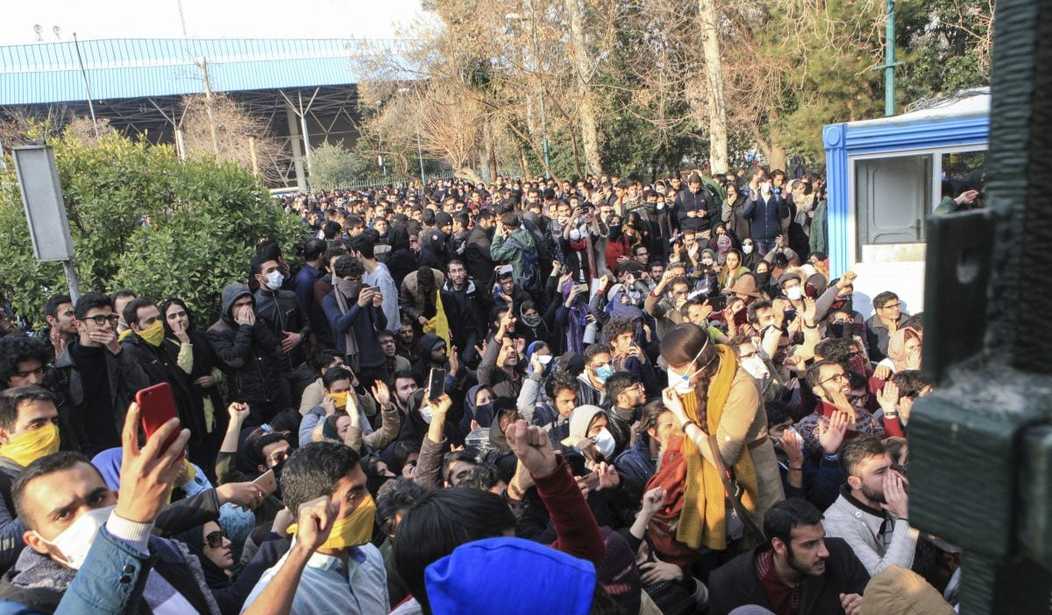

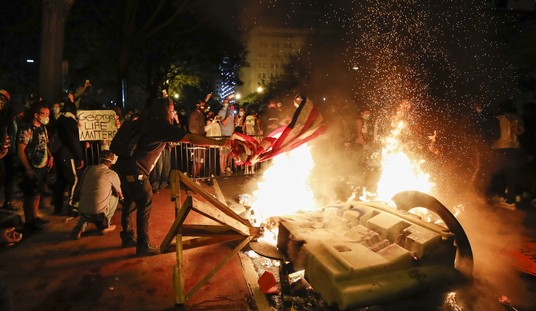

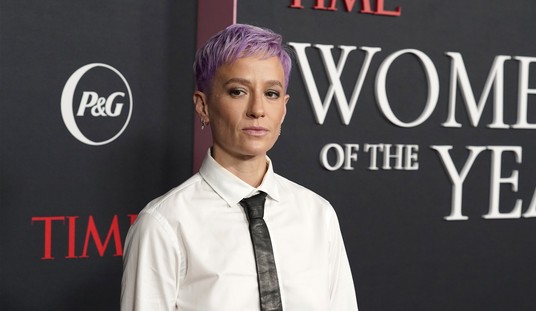
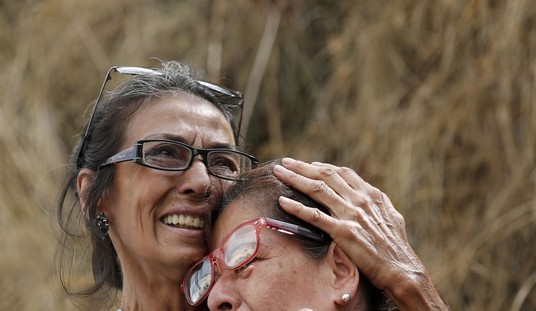
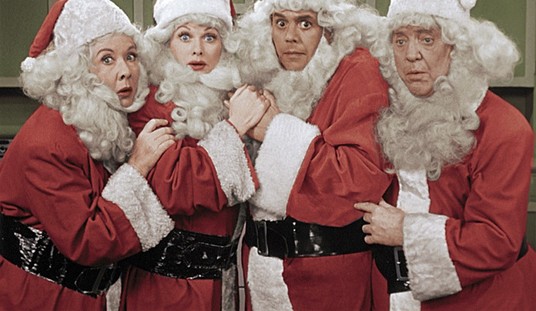
Join the conversation as a VIP Member